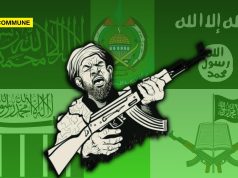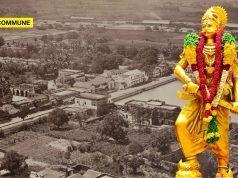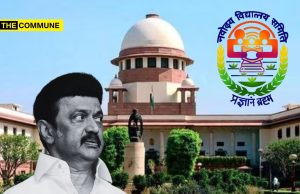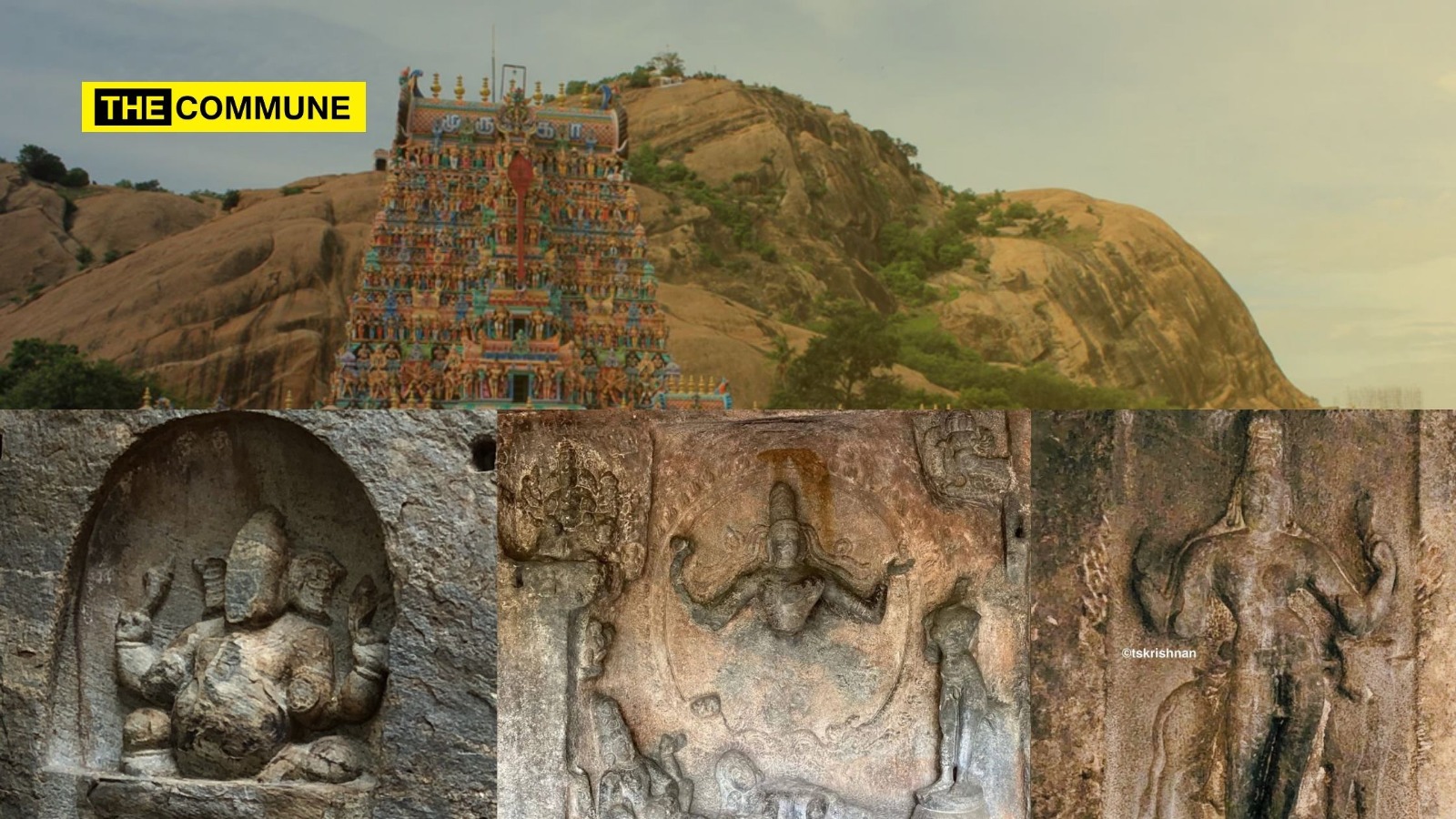
Thirupparankundram Hill, the first of Murugan’s six sacred abodes, was full of Murugan devotees, Iyappa Bhakts, and tourists until a few weeks back. Now, it is on the news for the wrong reasons. It is buzzing with political activity, with a beeline of leaders visiting the holy place. What has changed? We need to go back in time to look at the temple’s history and why the hill is considered a sacred place for Hindus.
Parankundram, always mentioned with the respectful prefix of ‘Thiru’, is one of the very ancient places in Tamil Nadu. The history of the temple and the hill goes back to the Sangam age. Sangam text Paripadal, which praises Murugan in eight verses, also glorifies the Thirupparankundram as equivalent to the Himalayas as Devas come and worship here. Paripadal also gives details about the Murugan temple with a Mandap, which had murals from our Puranas. Another Sangam text, Agananuru, says that Chera King Anthuvan came and worshipped Murugan at Thirupparankundram.
Sangam period poet Nakkeerar was from Thirupparankundram, and he sang Thirumurugatrupadai from here, praising Murugan and mentioning his major temples in Tamilagam. It is said that after singing Thirumurugatrupadai, Nakkeerar prayed to Lord Murugan and told him about his wish to visit Kashi, but he could not go there due to his old age. Accepting his prayers, Lord Viswanatha and Visalakshi appeared on the hill. Even the river Ganga appeared in the form of a small pond on the hill. This is where the Kasi Viswanatha temple was constructed on top of the hill, next to the pond where Gangai was supposed to have appeared. This also has one of the oldest inscriptions mentioning the Sakthi worship during ancient times.
During the early centuries of the millennium, Jain monks came to Madurai and took shelter in the hillocks around Madurai. Thirupparankundram was no exception, and few caves have the beds of Jain monks. They also have ancient inscriptions in Tamil Brahmi, which have information about the donors of such beds. In front of the hill are a couple of panels with Jain Tirtankaras like Mahavira & Parsvanatha and inscriptions in Vattezuthu (old Tamil script) about who made these panels. There is also a temple of Palani Andavar on the same hill from which the steps to go up to the Kasi Viswanathar temple start.
This is the only one way to go to the top of the hill earlier and it was named ‘Sri Murugan Malai Pathai’. An inscription about the name was installed by the then-member of assembly, Thiru. Chinnakarupa Thevar during 1957-67 times. A few years back, another set of steps was constructed behind the hill to reach the Kasi Viswanatha temple.
The temple, with such a legacy, faded into obscurity for about three centuries during the rule of Kalabhras. After the interregnum, Pandyas recaptured Madurai and started building/rebuilding several temples. They constructed two temples on Thirupparankundram hill, one each on the north & southern side. The northern side temple was built with the Shanmatha concept with shrines for Shiva, Vishnu, Sakthi, Ganapthi & Murugan. The temple also has shrines for Jyeshta Devi and Saptamathrikas. It was Pandyan Parantaka Nedunjadaiyan who was instrumental in building the temple. His ‘Mahasamantha’, commander Sattan Ganapathi, built the shrine of ‘Sambhu’ as per an inscription. His wife Nakkan Kotri built the shrines of Durga & Jyeshta as per another inscription. As the temple & the hill are closely associated with Murugan worship, this one became popular. Later kings, including Nayaks, built many mandapams in front, resulting in the bigger temple we see today.
The temple on the southern side was a Shiva temple where Ardhanareeswara was worshipped in the sanctum. The temple also has the Vigrahas of Nataraja and Murugan. Unfortunately, during invasions, the temple was destroyed, and the Vigrahas were broken. Due to this, worship was stopped, and the temple stands as an archeological monument today.
Let us take a look at the sculptural wonders of the temple.
Behind the hill, facing south, there is a cave temple known as ‘Thenparankundram’ constructed by Pandyas around 6th century.
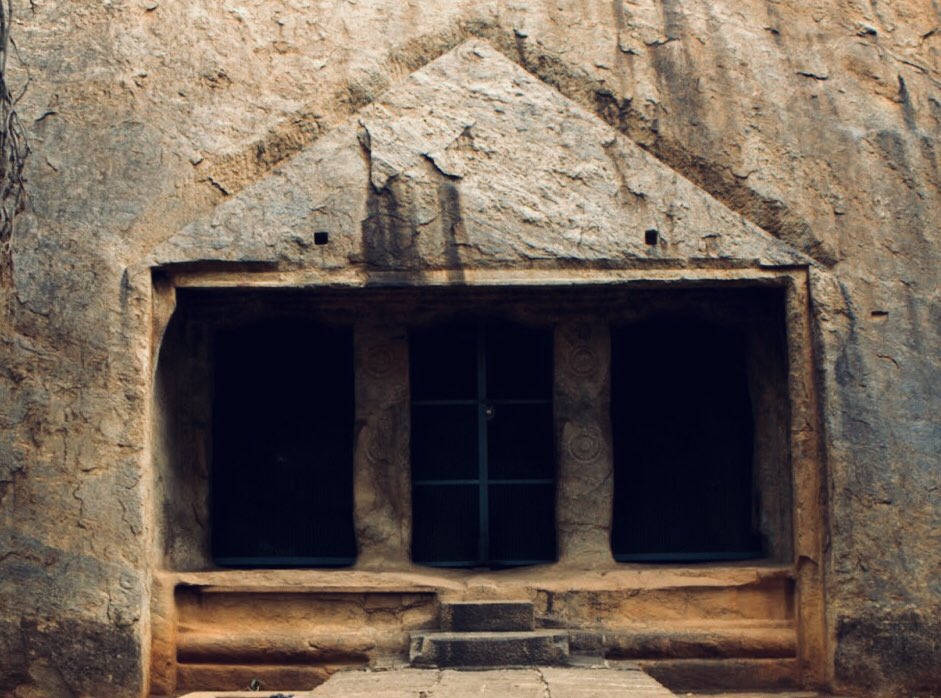
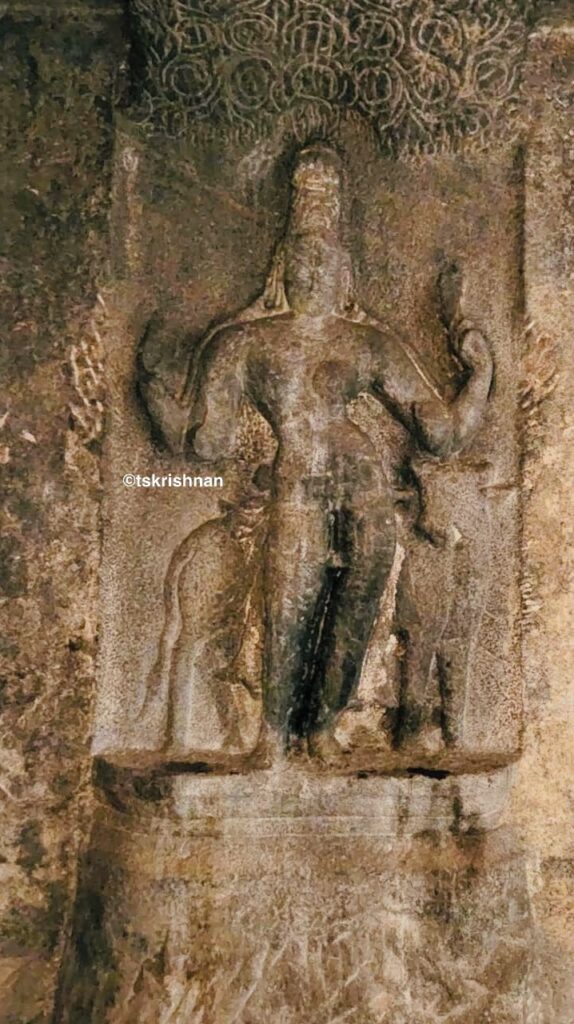
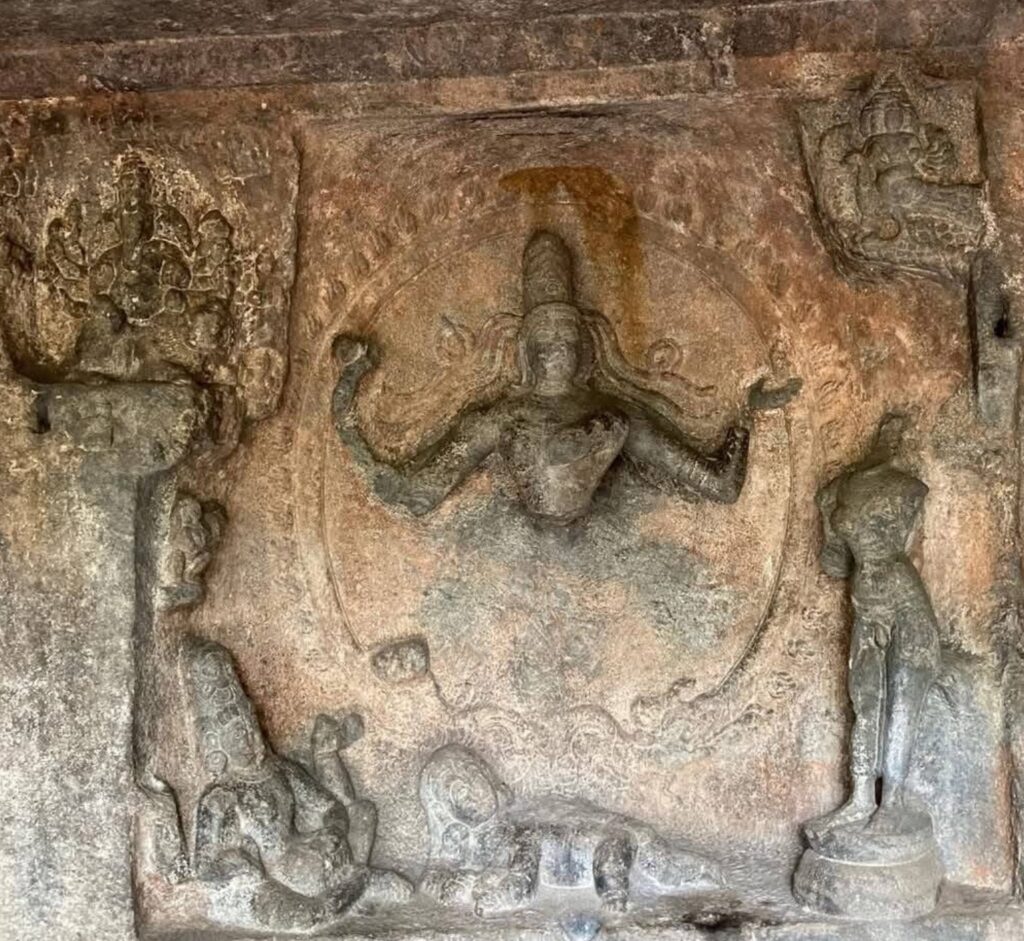
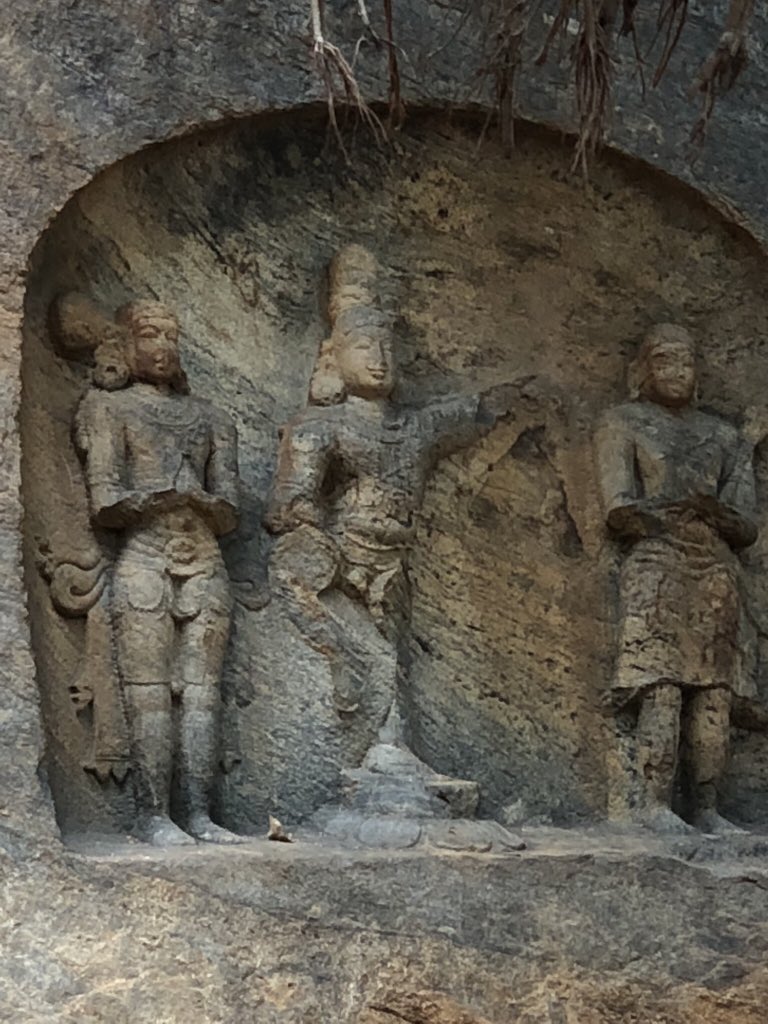
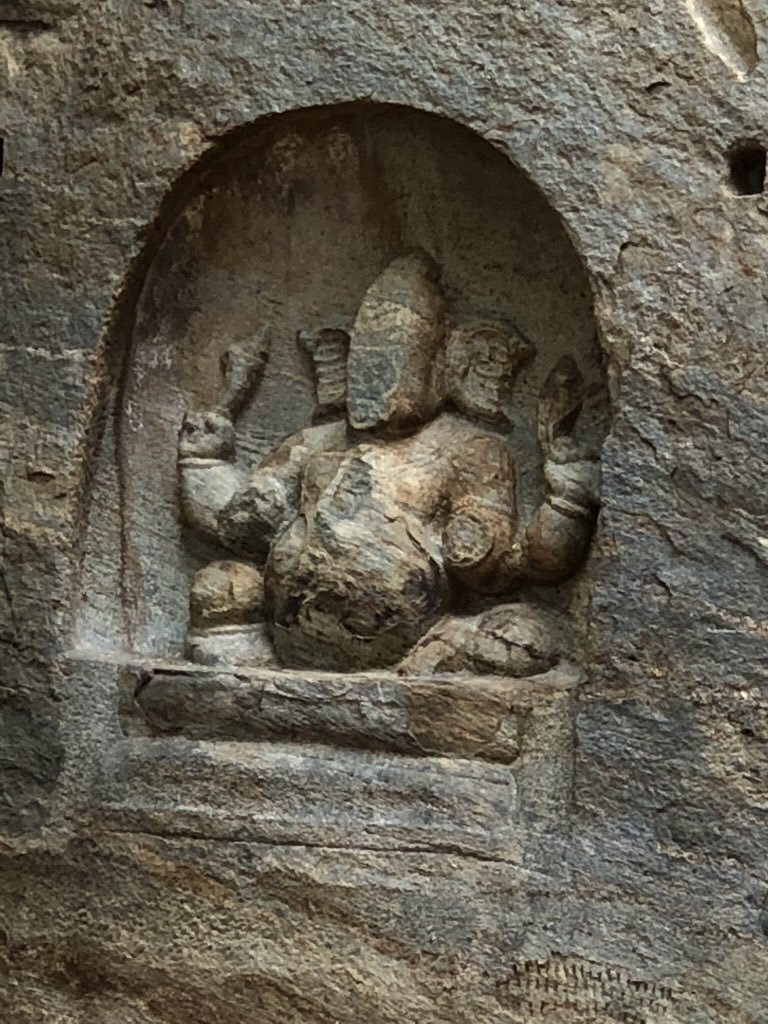
The western side of the hillock has a few ‘Samanar Muzhais’ places where Jain monks resided. Here is Mahavira and The Vattazhuthu inscription next to the bas-relief says this work is by ‘Anantha Veeryan’.
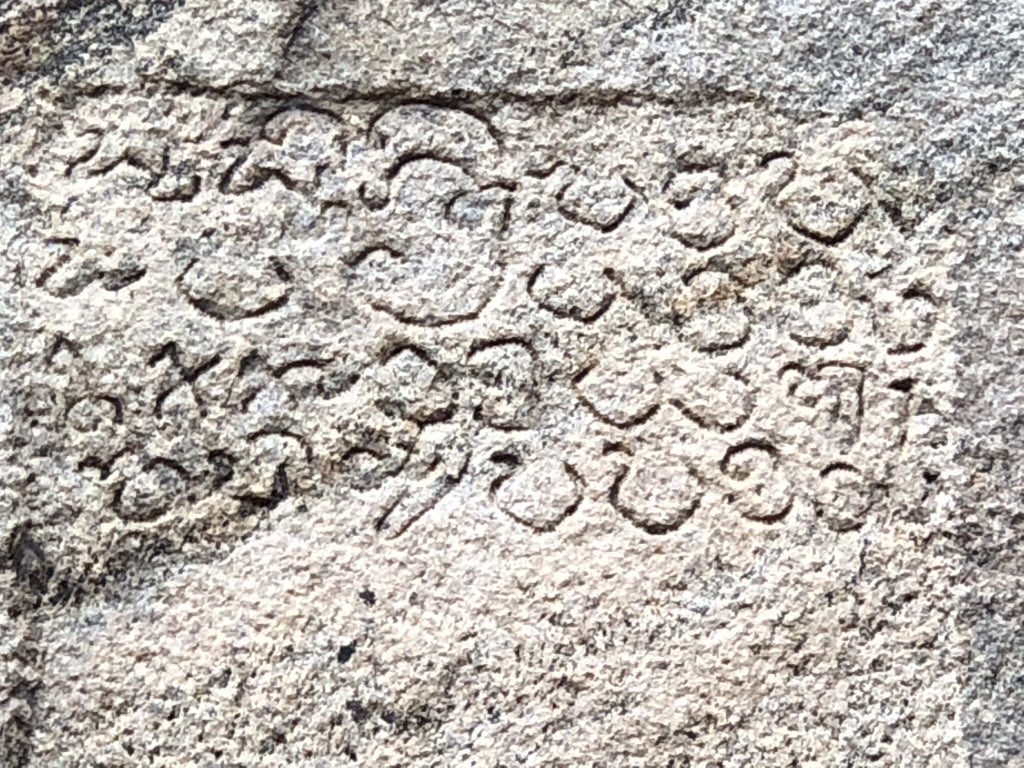
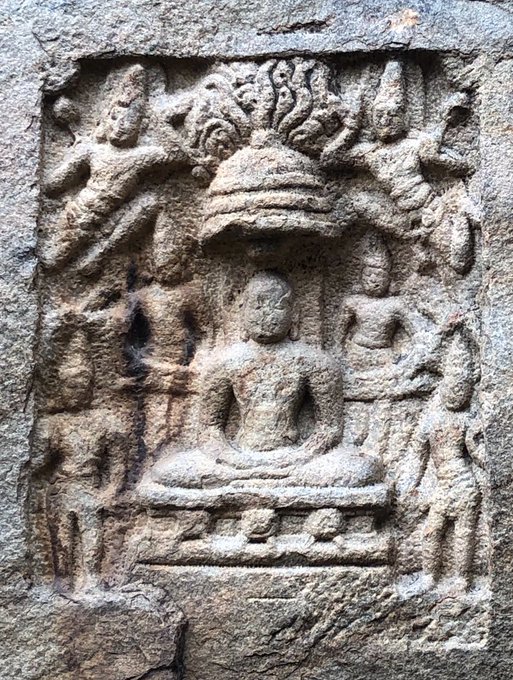
On the side, there is another bas-relief of Parshvanatha, the 23th Thirthankara The inscription on its side says, the work was done by ‘Vanan Baladevan’. These bas-reliefs are supposedly of 8th century.
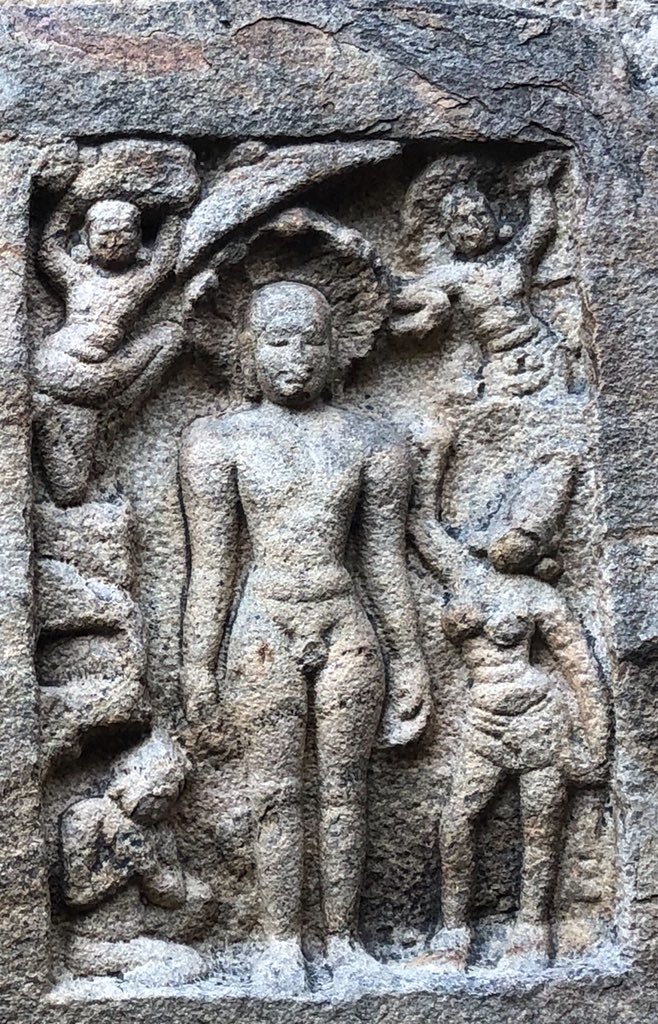
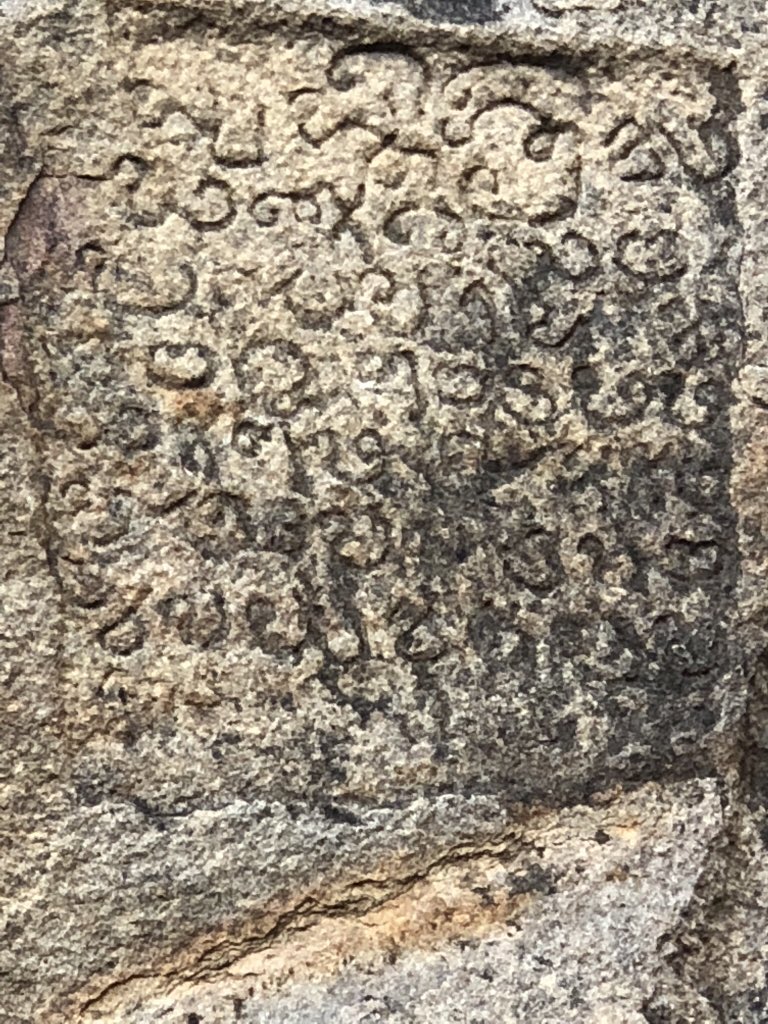
On the top of the hill, there are two thousand years old Jain beds which has ancient Tamil Brahmi inscriptions. Although ASI has put the guardrails, it is not easy to climb, wonder how the Jain monks climbed the hillock 2000 years ago.
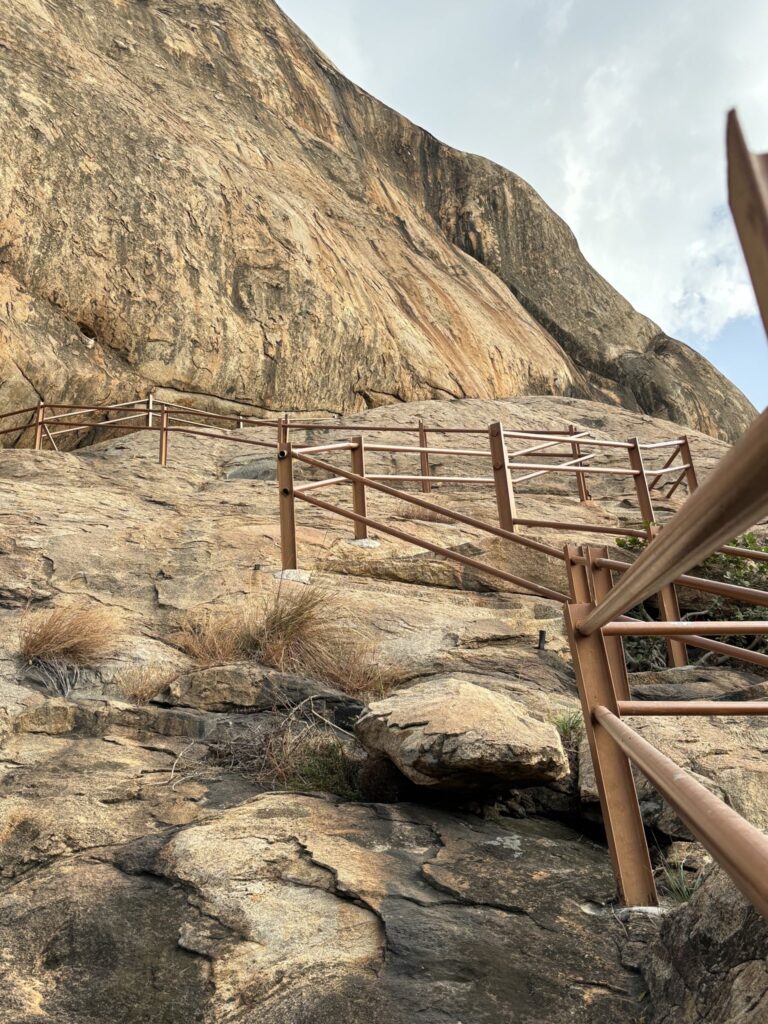
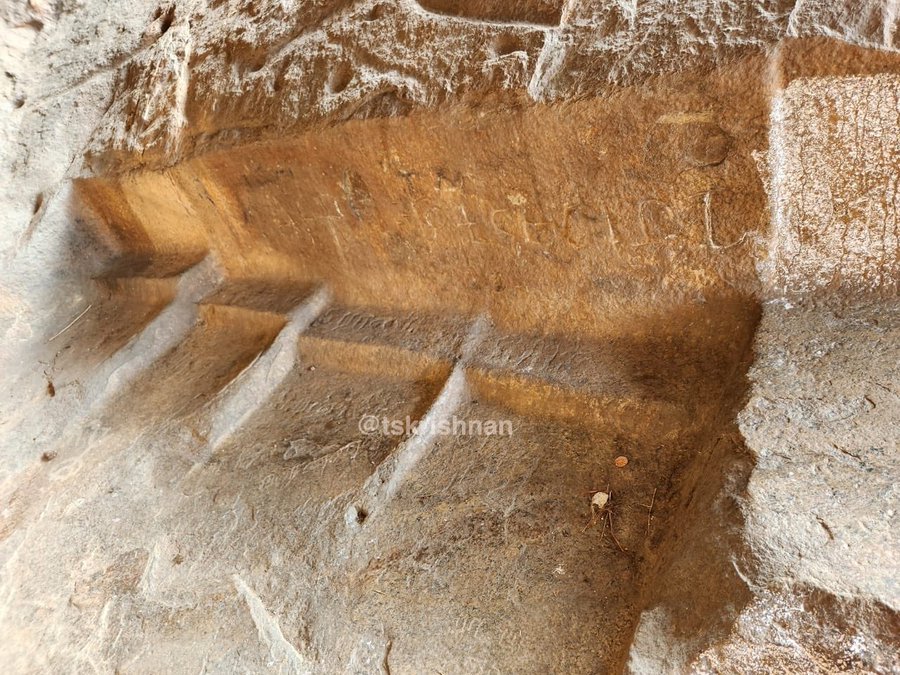
Let’s take a look at the inscriptions in the caves.
This has one of the longest inscriptions in Tamil Brahmi. The inscription mentions about who had made the bed here. Erukattur Ela kudumpikan polalayan Seytha aysayan nedusathan Meaning, (the bed donor is) Polalayan of Erukattur family from Eelam, (bed made by) Aysayan Nedusathan. Quite interesting that a family from Sri Lanka donated this which belong to 1st century BCE – 1st century CE
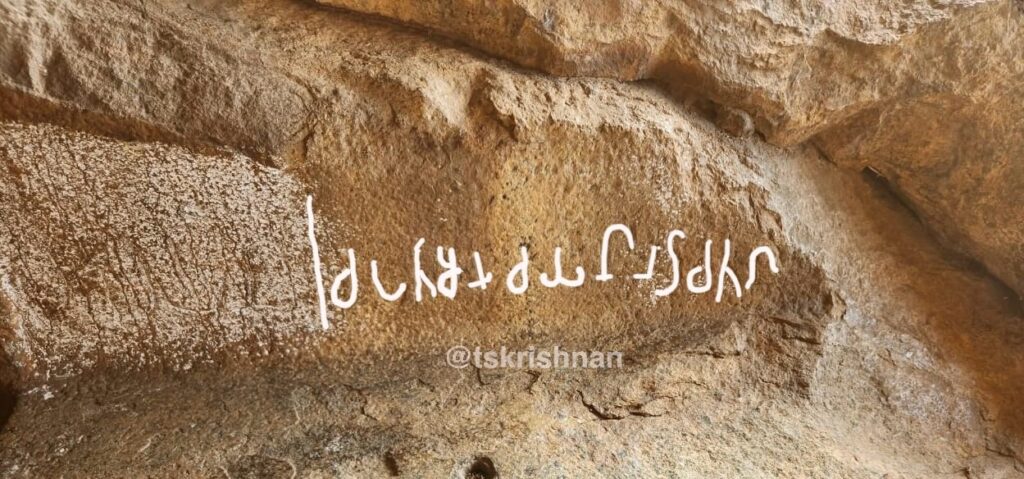
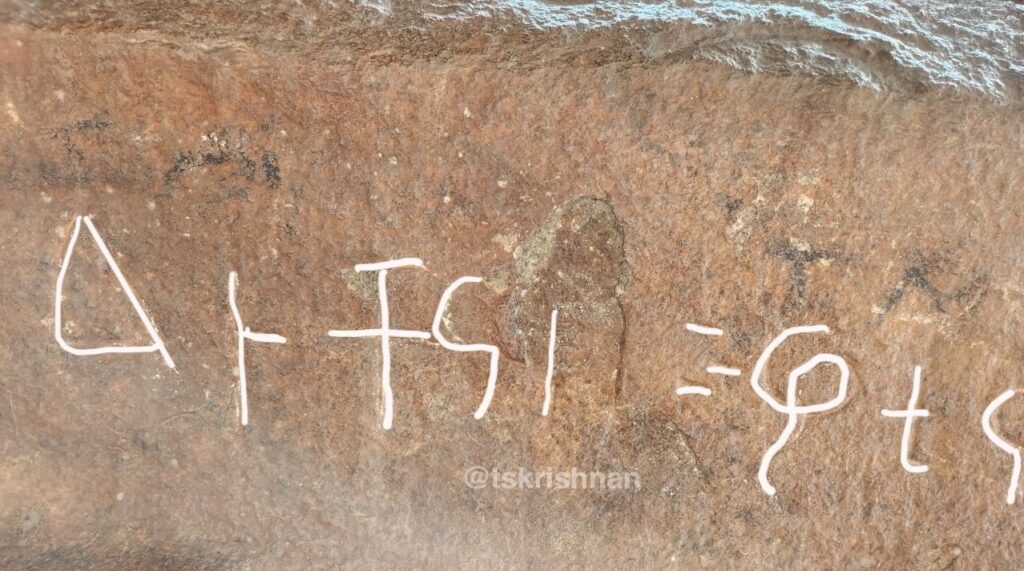
On the other side, there is a Kasi Viswanathar temple along with a small pond which is believed to be very sacred.
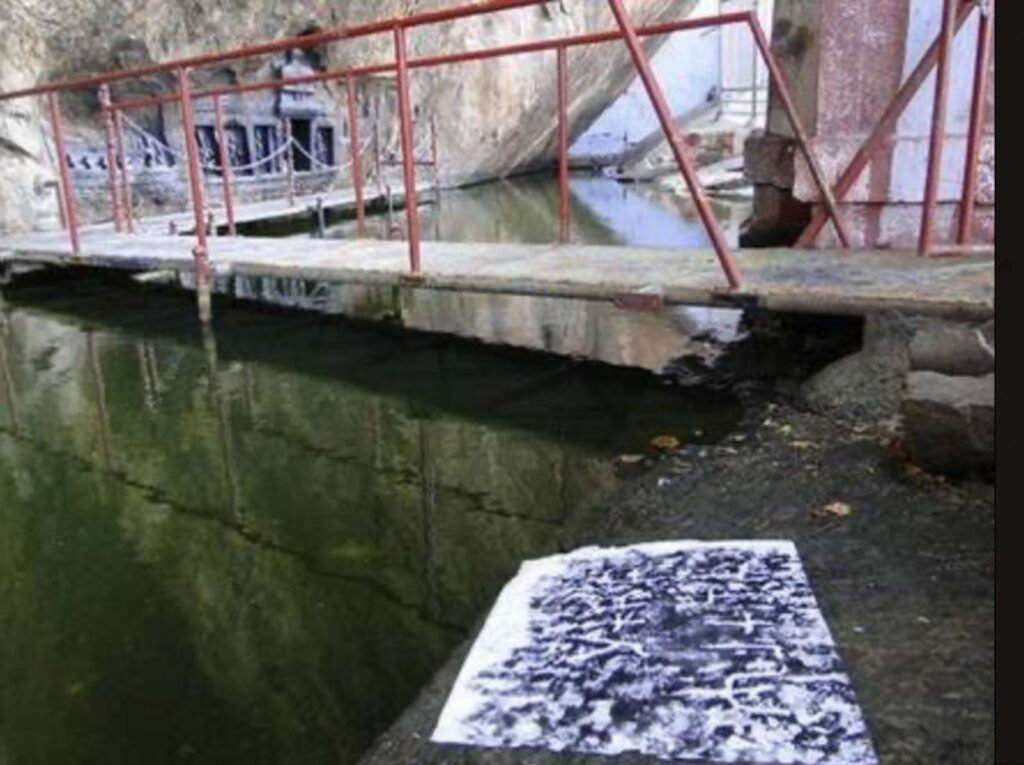
This also has one of the oldest inscriptions mentioning about the Sakthi worship during ancient times.
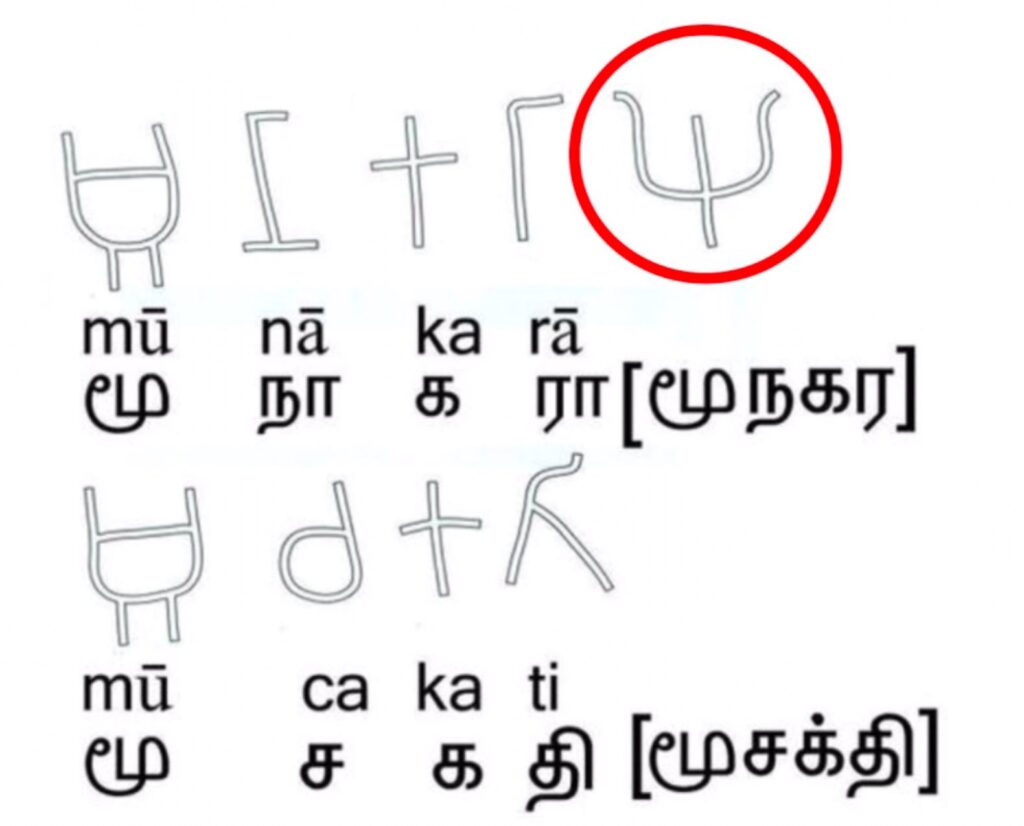
This is more than reason enough for one to understand the religious importance of the hill and the temples around it and why it needs to be protected from appropriation and occupation.
The Sikkandar Dargah
During the fourteenth century, a Dargah appeared on top of the hill of Sikkandar Shah. There are many versions of how this came on top of the hill. Notwithstanding that, worship started on the Dargah a few centuries back, and every year, the ‘Santhanakoodu’ festival happens at the Dargah. During the early 20th century, there was a dispute regarding the ownership of the hill, and the HR&CE department went to court claiming ownership. The case went up to the Privy Council in London, which decided that the temple owned the entire hill. The worship at the Dargah has continued without any issue since then. A few weeks back, someone tried to sacrifice a goat at the Dargah, which police officials prevented. Since then, the issue flared up.
Hindus consider this as a holy hill due to several reasons. The hill is in the form of Shivalinga and is considered the manifestation of Lord Shiva. Girivalam, the circumambulation of the hill, was undertaken by devotees throughout the year. Especially during the Skanda Shashti festival, devotees undertake a day fast; all six days, they do Girivalam in the mornings and evenings. The Murugan temple is not in front of the hill but in the hill itself, as it is a cave temple. Hence, the sacrifice of animals on the hill is not in line with the Agamic principles.
The hill also has two major sacred ponds, the Lakshmi Theertham, and Saravana Poigai, besides the pond on top of the hill, which is said to be equivalent to Gangai. Once a year, Murugan’s spear (Vel) is taken atop the hill, and Abhishekams are performed in the pond. The hill also has Kasi Viswanathar temple and Palani Andavar temple. Hence, the hill is a very sacred place for the Hindus. Any practice that violates their beliefs is not allowed on the hill.
TS Krishnan is a Tamil scholar and author.
Subscribe to our channels on Telegram, WhatsApp, and Instagram and get the best stories of the day delivered to you personally.

